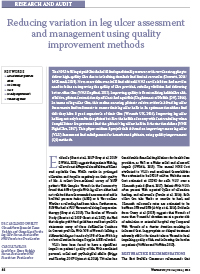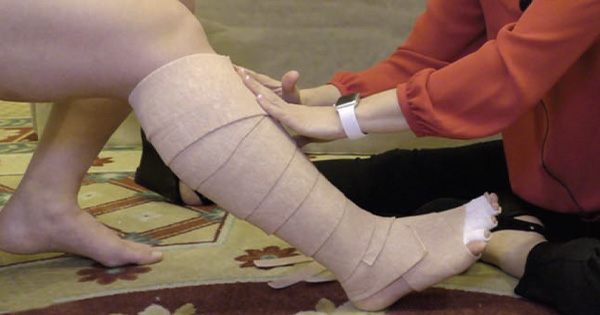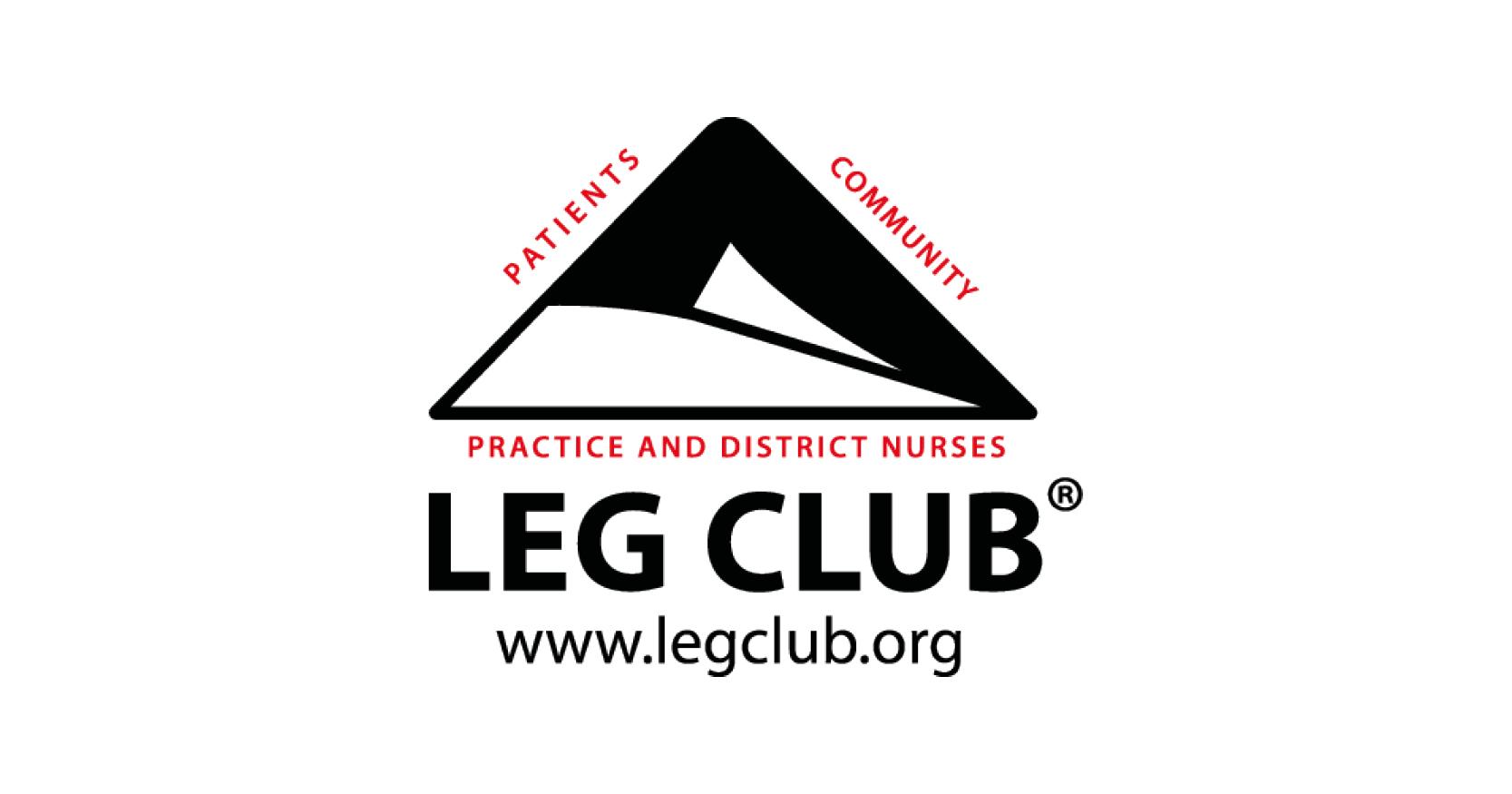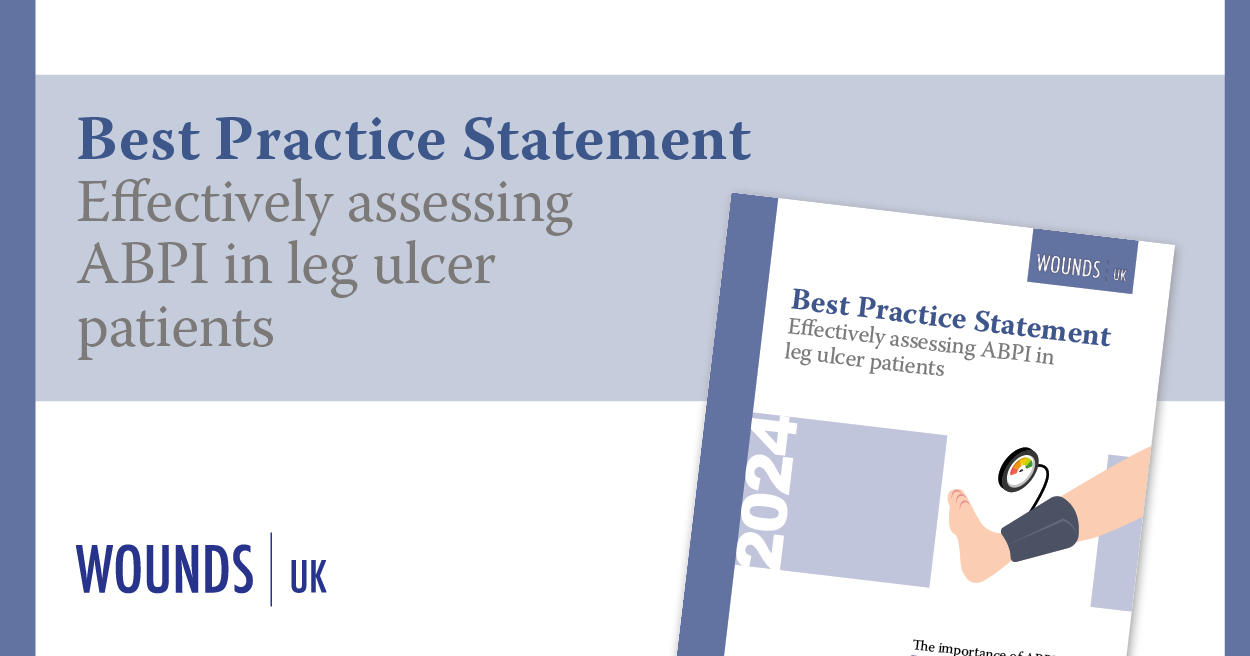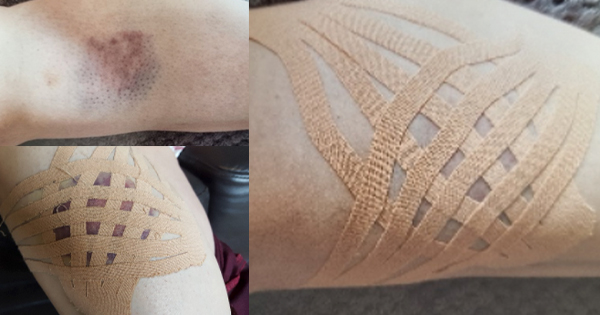E
vidence (Guest et al, 2017; Gray et al, 2018; EWMA, 2016) suggests that patients with leg ulcers do not always receive effective, efficient and equitable care, which results in prolonged ulceration and impacts negatively on their quality of life. A recent cross-sectional survey of 3,179 patients with complex wounds in the community found that 40% of people with leg ulcers either had not received the recommended assessment of ankle brachial pressure index (ABPI) or it was unclear whether a recording had been taken. Furthermore, 31% who had a VLU were not receiving compression therapy (Gray et al, 2018). The Burden of Wounds Study (Guest et al, 2015; Guest et al, 2017) showed that despite published guidelines and best practice statements many of these deficiencies continue in current practice, with 30% of wounds lacking a differential diagnosis and only 16% of cases with leg or foot ulceration having a Doppler ABPI recorded.
VLUs have been found to have a significant impact on patients’ quality of life, with associated personal, social and psychological effects (Briggs and Fleming, 2007; Upton et al, 2014). This also has considerable financial implications for health care providers, as well as a wider social and economic impact (EWMA, 2016). The annual NHS cost attributed to VLUs and associated comorbidities was estimated to be £921.9 million with the mean cost estimated at £7,600 for each VLU over a 12-month period (Guest, 2017). Patients with VLUs often present with repeated cycles of ulceration, healing, and recurrence (Franks et al, 2014). Such ulcers can take weeks or months to heal, and 12-month recurrence rates are estimated to be between 18% and 28% (Ashby et al, 2014). Evidence from Ousey et al (2013) suggests that wounds of more than 6 months’ duration are at a greater risk of admission or extended hospital stay compared with wounds of a shorter duration resulting in increased cost. Inappropriate or delayed treatment adversely affects the time it takes a wound to heal, impacting quality of life, and increasing the burden on patients (Vowden and Vowden, 2016).

